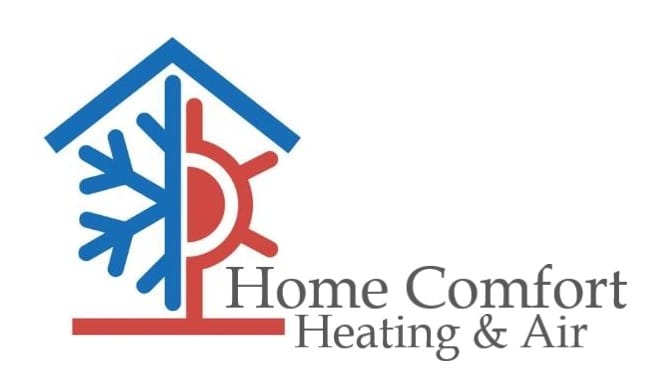
We spend a lot of time in our homes. In reality, the Environmental Protection Agency (EPA) has determined being inside accounts for 90% of our days. Having said that, the EPA also says your indoor air can be three to five times more polluted than outdoors.
That’s due to the fact our homes are securely sealed to boost energy efficiency. While this is good for your heating and cooling bills, it’s not so great if you’re amid the 40% of the population with respiratory allergies.
When outside ventilation is restricted, pollutants including dust and volatile organic compounds (VOCs) could get captured. As a consequence, these pollutants might aggravate your allergies.
You can improve your indoor air quality with fresh air and regular cleaning and vacuuming. But if you’re still struggling with symptoms while you’re at your house, an air purifier might be able to provide relief.
While it can’t get rid of pollutants that have gotten trapped in your furnishings or carpet, it might help freshen the air circulating throughout your residence.
And air purification has also been scientifically confirmed to help lower some allergic symptoms, according to the American College of Allergy, Asthma and Immunology. It could also be useful if you or someone in your household has a lung condition, such as emphysema or COPD.
There are two models, a portable air purifier or a whole-home air purifier. We’ll discuss the differences so you can figure out what’s correct for your residence.
Whole-House Air Purifier vs. Portable Air Purifiers
A portable air purifier is for a single room. A whole-house air purifier works alongside your home comfort system to purify your full house. Some kinds can clean by themselves when your home comfort unit isn’t running.
What’s the Best Air Purifier for Allergies?
Seek an option with a High Efficiency Particulate Air (HEPA) filter. HEPA filters are used in hospitals and provide the most comprehensive filtration you can buy, as they eliminate 99.97% of particles in the air.
HEPA filters are even more powerful when installed with an ultraviolet (UV) germicidal light. This mighty blend can destroy dust, dander, pollen and mold, all of which are common allergens. For the greatest in air purification, consider a unit that also has a carbon-based filter to eliminate household odors.
Avoid buying an air purifier that makes ozone, which is the main ingredient in smog. The EPA cautions ozone might irritate respiratory issues, even when discharged at minor amounts.
The Allergy and Asthma Foundation of America has made a list of questions to ask when purchasing an air purifier.
- What can this purifier remove from the air? What doesn’t it remove?
- What’s its clean air delivery rate? (A bigger number means air will be purified more rapidly.)
- How often does the filter or UV bulb need to be switched]? Can I do that by myself?
- How much do spare filters or bulbs cost?
How to Lessen Seasonal Allergy Symptoms
Want to receive the {top|most excellent|best] outcome from your new air purification unit? The Mayo Clinic recommends completing other procedures to decrease your exposure to seasonal allergy triggers.
- Stay inside and keep windows and doors sealed when pollen counts are elevated.
- Have someone else trim the lawn or pull weeds, since these tasks can irritate symptoms. If you are required to do these chores yourself, you might want to consider trying a pollen mask. You should also bathe without delay and put on clean clothes once you’re done.
- Avoid stringing up laundry outside your home.
- Turn on air conditioning while at your house or while in the car. Consider installing a high efficiency air filter in your home’s HVAC equipment.
- Equalize your residence’s humidity saturation with a whole-house dehumidifier.
- Hardwood, tile or linoleum are the ideal flooring types for lowering indoor allergens. If your home has carpet, install a HEPA filter on your vacuum cleaner.
Let Our Professionals Handle Your Indoor Air Quality Needs
Ready to move forward with adding a whole-house air purifier? Give our professionals a call at 763-276-0617 or contact us online to schedule an appointment. We’ll help you locate the best unit for your family and budget.

